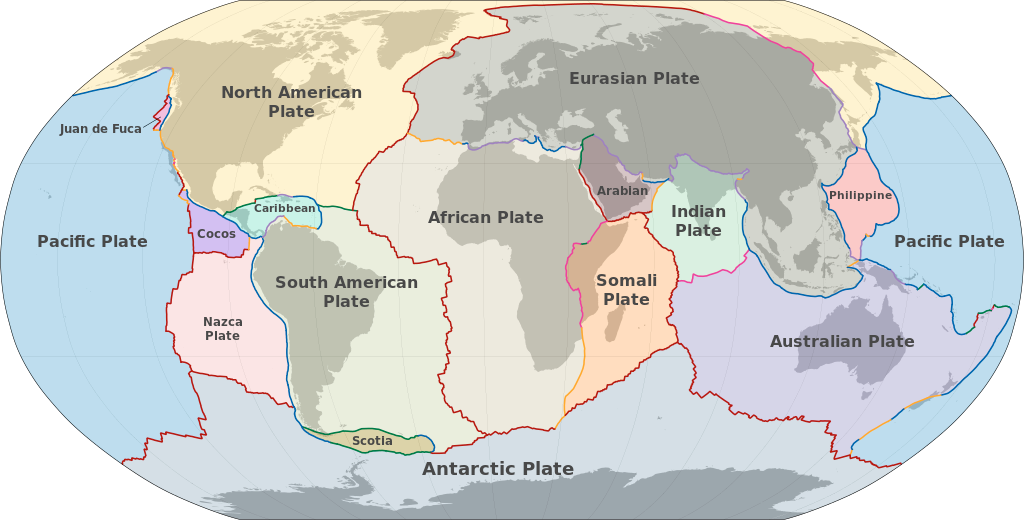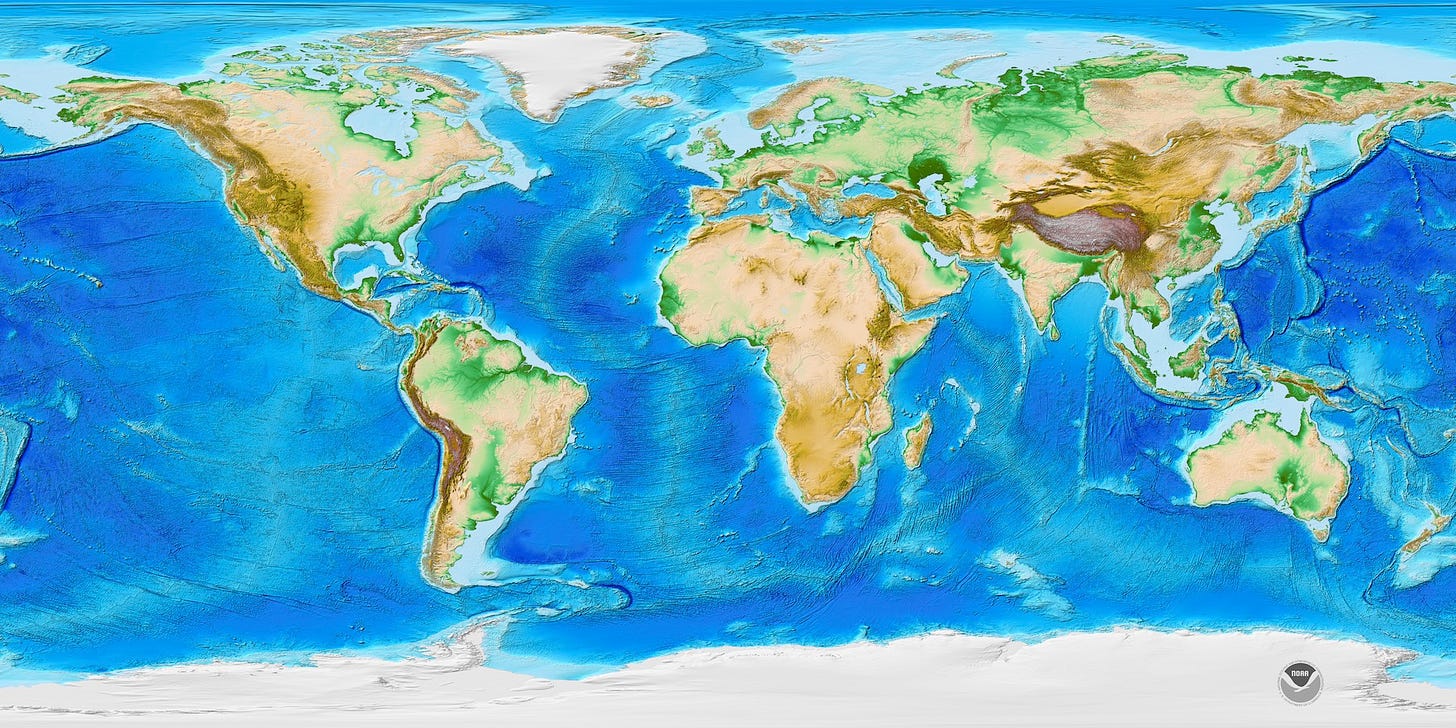Shoes, Algernon, Pangea, and Sea Peoples
valid blog topics that I have used for blog purposes
I fear we are in the waning days of the People Read Blog Posts About Random Well-Understood Topics Instead of Asking Their Automatons Era. So before I lose my chance, here is a blog post about some random well-understood topics.
Marathons are stupidly fast
You probably know that people can now run marathons in just over 2 hours. But do you realize how insane that is?
That’s an average speed of 21.1 km per hour, or 13.1 miles per hour. You can think of that as running a mile in 4:35 (world record: 3:45), except doing it 26.2 times in a row. Or, you can think of that as running 100 meters in 17.06 seconds (world record: 9.58 seconds), except doing it 421.6 times in a row. I’d guess that only around half of the people reading this could run 100 meters in 17.06 seconds once.
This crazy marathon running speed is mostly due to humans being well-adapted for running and generally tenacious. But some of it is due to new shoes with carbon-fiber plates that came out in the late 2010s.
The theory behind these shoes is quite interesting. When you run, you mainly use four joints:
Hips
Knees
Ankles
Metatarsophalangeal
If you haven’t heard of the last of these, they’re pronounced “met-uh-tar-so-fuh-lan-jee-ul” or “MTP”. These are the joints inside your feet behind your big toes.
Besides sounding made-up, they’re different from the other joints in a practical way: The other joints are all attached to large muscles and tendons that stretch out and return energy while running sort of like springs. These can apparently recover around 60% of the energy expended in each stride. (Kangaroos seemingly do even better.) But the MTP joints are only attached to small muscles and tendons, so the energy that goes into them is mostly lost.
These new shoe designs have complex constructions of foam and plates that can do the same job as the MTP joints, but—unlike the MTP joints—store and return that energy to the runner. A recent meta-analysis estimated that this reduced total oxygen consumption by ~2.7% and marathon times by ∼2.18%.
Algernon
I wonder if these shoes are useful as a test case for the Algernon argument. In general, that argument is that there shouldn’t be any simple technology that would make humans dramatically smarter, since if there was, then evolution would have already found it.
You can apply the same kind of argument to running: We have been optimized very hard by evolution to be good at running, so there shouldn’t be any “easy” technologies that would make us dramatically faster or more efficient.
In the context of the shoes, I think that argument does… OK? The shoes definitely help. But carbon fiber plates are pretty hard to make, and the benefit is pretty modest. Maybe this is some evidence that Algernon isn’t a hard “wall”, but rather a steep slope.
Or, perhaps thinking is just different from running. If you start running, you will get better at it, in a way that spills over into lots of other physical abilities. But there doesn’t seem to be any cognitive task that you can practice and make yourself better at other cognitive tasks.
If you have some shoes that will make me 2.7% smarter, I’ll buy them.
Pangea
Pangea was a supercontinent that contained roughly all the land on Earth. At the beginning of the Jurassic 200 million years ago, it broke up and eventually formed the current continents. But isn’t the Earth 4.5 billion years old? Why would all the land stick together for 95% of that time and then suddenly break up?
The accepted theory is that it didn’t. Instead, it’s believed that Earth cycles between super-continents and dispersed continents, and Pangea is merely the most recent super-continent.
But why would there be such a cycle? We can break that down into two sub-questions.
First, why would dispersed continents fuse together into a supercontinent? Well, you can think of the Earth as a big ball of rock, warmed half by primordial heat from when the planet formed and half by radioactive decay. Since the surface is exposed to space, it cools, resulting in solid chunks that sort of slide around on the warm magma in the upper mantle. Some of those chunks are denser than others, which causes them to sink into the mantle a bit and get covered with water. So when a “land chunk” crashes into a “water chunk”, the land chunk slides on top. But if two land chunks crash into each other, they tend to crumple together into mountains and stick to each other.
You can see this by comparing this map of all the current plates:
To this map of elevation:
OK, but once a super-continent forms, why would it break apart? Well, compared to the ocean floor, land chunks are thicker and lighter. So they trap heat from inside the planet sort of like a blanket. With no cool ocean floor sliding back into the warm magma beneath, that magma keeps getting warmer and warmer. After tens of millions of years, it heats up so much that it stretches the land above and finally rips it apart.
It’s expected that a new supercontinent “Pangea Ultima” will form in 250 million years. By that time, the sun will be putting out around 2.3% more energy, making things hotter. On top of that, it’s suspected that Pangea Ultima, for extremely complicated reasons, will greatly increase the amount of CO₂ in the atmosphere, likely making the planet uninhabitable by mammals. So we’ve got that going for us.
Egypt and the Sea Peoples
The Sea Peoples are a group of people from… somewhere… that appeared in the Eastern Mediterranean around 1200 BC and left a trail of destruction from modern Turkey down to modern Egypt. They are thought to be either a cause or symptom of the Late Bronze Age collapse.
But did you know the Egyptians made carvings of the situation while they were under attack? Apparently the battle looked like this:
In the inscription, Pharaoh Ramesses III reports:
Those who reached my boundary, their seed is not; their hearts and their souls are finished forever and ever. As for those who had assembled before them on the sea, the full flame was their front before the harbor mouths, and a wall of metal upon the shore surrounded them. They were dragged, overturned, and laid low upon the beach; slain and made heaps from stern to bow of their galleys, while all their things were cast upon the water.





In a web increasingly full of AI slop, I am seeking more content like yours, not less! Keep doing what you do best, and I will keep reading.
I also want to comment on this claim:
"there doesn’t seem to be any cognitive task that you can practice and make yourself better at other cognitive tasks."
While this is true for fluid intelligence (e.g., abstract reasoning, spatial ability), it is not strictly true for crystallised intelligence (e.g., general knowledge, verbal knowledge). Research shows that crystallised intelligence typically increases into one's 50s or even 60s before it begins to decline. This pattern occurs because we continually acquire new knowledge and can reliably retrieve it from memory. In theory, someone who devotes much more time to learning should develop higher abilities that fall under crystallized intelligence than someone who devotes much less time.
The other relevant thing re: shoes is that you can take them on and off. Which is not really an option for evolution, at least for anything structural. So if there are downsides to having the plates equipped at all times, then you're right back to the Algernon argument.
What's the cognitive equivalent of that? Maybe stimulants? I'm pretty sure the performance improvements are zero-sum over time, but still useful in that you can choose when is the most convenient time to get a smartness boost.
PS: your blog is a pure delight. I'm finding a lot of the value of using LLMs is in thinking of interesting questions to ask (how to square supershoes with the Algernon effect?). So there is unlikely to be a world where I could get Dynomight-quality research and whimsy on demand, which is sad for me, but good news for you.